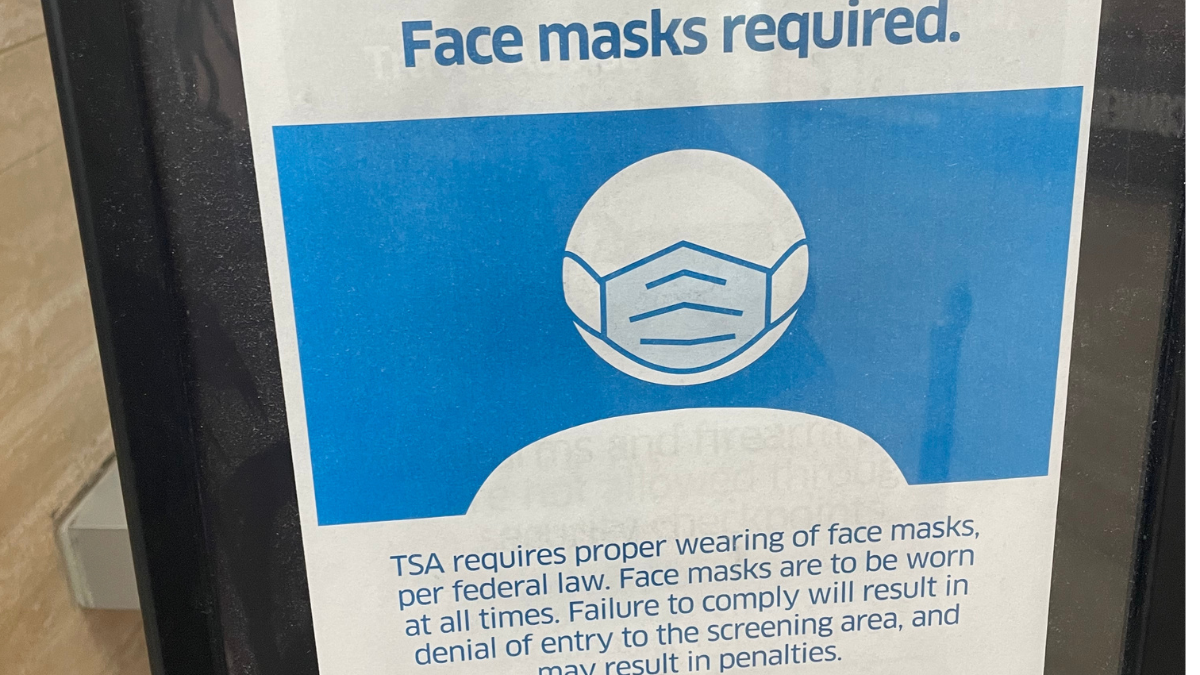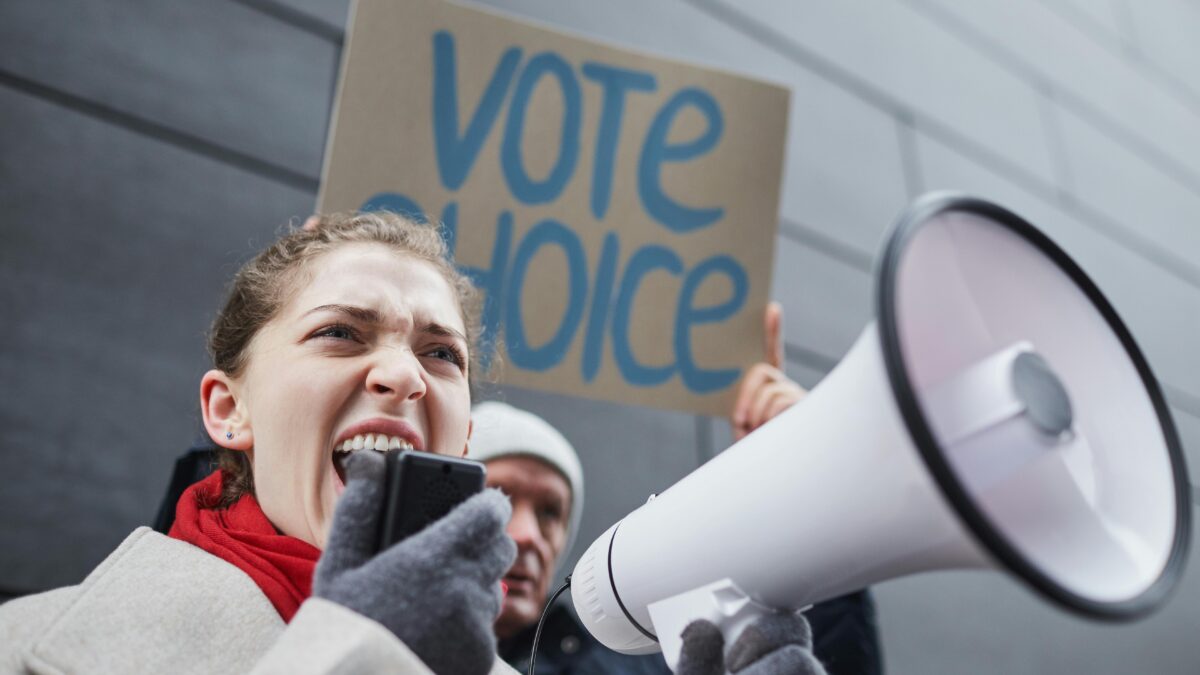
Stacy Abrams may have lost the Georgia governor’s race in 2018, but that hasn’t stopped her from pretending she is one, imitating other governors like Whitmer and Brown in their fear-based responses to the COVID-19 pandemic and fundamentally distorted views of economic policy.
She took time out of her busy schedule running for vice presidential nominee yesterday to indulge the ladies of “The View” with all the satisfying lies rich and isolated people who can comfortably ride out an indefinite shutdown are accustomed to hearing. Yesterday’s punching bag was Gov. Brian Kemp, who on Monday announced that many businesses including hair salons, bowling alleys, nail parlors and tattoo parlors could begin engaging in the minimum basic operations it takes to “maintain the value of a business” and make payroll.
“We honestly don’t understand…Georgia is not flattening the curve. We have one of the highest rates of infection and one of the lowest rates of testing,” she told host Whoopi Goldberg, who started out the conversation begging Abrams to explain why Kemp is a Very Bad Man with Very Dangerous Ideas.
“We are seeing our rates rise over the last two weeks and not decline.”
Abrams’ assertions here aren’t supported by the evidence. It’s hard to tell how sharp the curve would have been if mitigation measures weren’t taken, so she can’t know that. What we can know, with much more certainty, is whether the Peach state is climbing down from its peak – something she vehemently denies. According to Georgia’s Department of Public Health, confirmed cases on Tuesday April 14 totaled 844, with cases spiraling downward to 360 on Monday, April 20. State curves seem to share the characteristic of spiking on Mondays, likely accounting for cases that weren’t reported or diagnosed over the weekend. If Monday’s cases were 360, that’s a 57 percent decrease from the peak to the most recent spike.

Georgia’s curve on deaths also seems to be on the decline as well, down from a peak of 42 on April 6 to 22 on April 20. Abrams is correct that the state has low levels of testing, but that cuts both ways, because the sickest people are far more likely to be tested than the mild or asymptomatic cases, making the situation appear more severe than it probably is. If Georgia’s new cases and daily deaths are forming a distinctive curve with such little data, that doesn’t mean the curve isn’t real.
As for Abram’s claim that Georgia has “one of the highest rates of infection” (about 23 percent of tests come back positive), how can she possibly know the true infection rate when testing rates are low? New York City has tested over a quarter million people and its positive rates vary based on zip code from 25 percent to up to 71 percent. As someone quipped on Twitter the other day, at this point listening to fearful politicians is just an exercise in seeing who is paying attention.
Undeterred by reason or her state’s own official data, Abram’s went on to say that, “The people who are going to be sent to the front lines are the people who are going to be the least resilient…they can’t afford to say no if they’re told to go back to work. So they risk the possibility of sacrificing their health in order to keep a job that’s going to pay them low wages and not protect them if they get sick.”
“This doesn’t improve our economy,” Abrams declared, “it simply puts more Georgians at risk.”
Maybe Abrams forgot that 861,000 workers in her state filed for unemployment in the four weeks prior to April 11, meaning at least 1 in 10 Georgians are out of work. To say putting people back to work and allowing more consumerism isn’t going to improve the economy is like saying watering my rose bushes won’t help them grow.
As for nail salon workers not being able to “afford to say no,” Abrams must have missed the memo that Georgians are allowed to make up to $300 a week without having their weekly benefits cut, including the hefty $600 a week (or $15 an hour) from the federal government. And if Georgians who work in close quarters, like hairstylists, don’t want to come to work, federal guidelines state leaving a job based on “risk of exposure” allows you to claim the federal unemployment benefits. They don’t have to “risk their lives” if they don’t want to.
The wannabe VP then insisted, amazingly, that the Paycheck Protection Program and its one-size-fits-all approach that has largely failed to get small businesses what they need (particularly when pitted against the government’s generous unemployment benefits), is “the solution to the problems we face.”
Abrams also protested Kemp’s move based on the fact that Georgia only shut down their economy two weeks ago. But the shutdowns were meant to slow the virus’ spread so hospital capacity isn’t exceeded, not suppress the virus indefinitely. Georgia may have already hit capacity and is now trending downward, though the government is nearly finished building a temporary hospital that would add a minimum of 200 beds, potentially 400, post-peak. Now that the state can confidently handle another spike in infections, Kemp’s decision to save livelihoods is far from irrational.
Abrams should spend a little less time confirming the biases rich self-assured elites and a little more time examining her state’s own data and how state and federal policies are actually working out. On the other hand, should the smugly dishonest politician find her way into Washington D.C., she’d fit right in.









